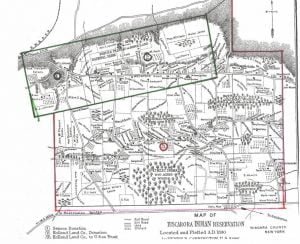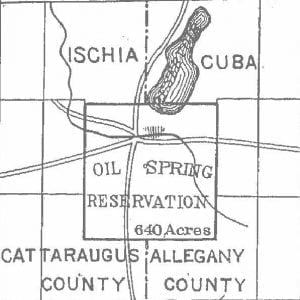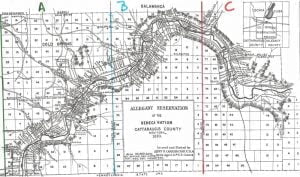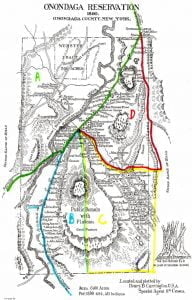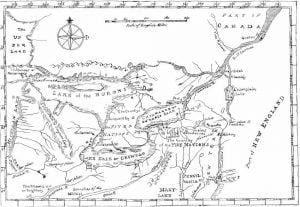General Remarks About the Six Nations in 1890
The state and federal courts, as the former have recognized in several instances, should recognize the 64 “Indian common law title” of occupants of reservation lands, where such lands have been improved. They should assure such titles, as well as sales, devises, and descent, through courts of surrogate or other competent tribunals, wherever local Indian officials refuse just recognition of such titles or delay a just administration when conflicts arise. All statutes which offer the Indian a premium for dishonest dealing should be repealed, and the Indian should be held to his contracts to the extent of his personal holdings. … Read more




